Aviation
FOD
Foreign Object Debris/Damage
Security in airports and runways using new Anti-FOD (Foreign Object Debris & Damage) technologies
Specialized in Aeronautical Systems Engineering, with a strong experience in technologies for the fight against FOD.
G-WayTech, a technology company, advises, assists and provides Anti-FOD and traffic management solutions to military and civilian airports, for the safety of aircraft, passengers and ground staff.
We support our customers in order to offer them customized solutions that meet their specific needs.
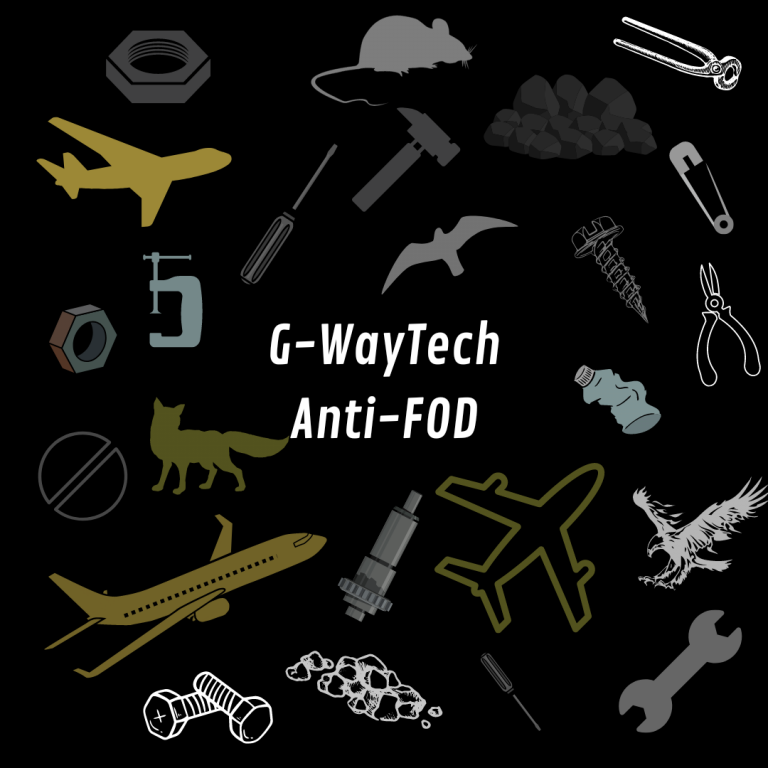
Definition

FODs (Foreign Object Debris or Damage) are damages that can be caused to an aircraft or equipment by foreign objects or debris, exposing passengers and personnel to danger.
In fact, FOD is one of the biggest problems in aviation and costs the sector several billions of dollars per year.
To face it, G-WayTech's mission is to assist and propose to its customers a field analysis for adapted solutions.
Various anti-FOD technological control and surveillance systems exist today, allowing us to guarantee the safety of airports for aircraft, passengers and staff.
Problems related to current detection methods
FODs are dangerous for aircraft during landing and takeoff. The damages caused by FOD are multiple: Damage to the engine, bursting of the tires, partial or total destruction of the aircraft and consequently loss of life.
Managing this danger requires risk mitigation action, it is imperative to perform repeated inspections.
The current methods of detection, generally operated by agents, using modest means (visual inspection, runway tour...) are obsolete and ineffective in the face of the challenges of airport security.
A large number of incidents in history attest to the dangers of FOD in aviation. The most famous case concerns the crash of the AirFrance Concorde whose engine was damaged by an FOD and caught fire, killing 113 people.
FODs put aircraft, passengers, and airports at risk. An FOD accident can lead to a large number of incidents with multiple consequences.
Solutions
To face FOD problems, it is imperative to set up an Anti-FOD program at several levels: For the runways but also the repair and maintenance workshops and hangars
- Prevention (Staff training and awareness)
- Detection (Manual inspection, Visual inspection, Vigilance, Detection technology)
- Removal (FOD removal after detection)
- Data study (Analyses and studies of identified FOD cases, in order to better understand the sources of FOD and act accordingly).
- Continuous improvement (Adaptation of the need and implementation of solutions based on information collected during the data study).
We offer our customers a complete anti-FOD program that takes into account all aspects of the dangers on several levels and adapts the solutions as needed for maximum efficiency.
The Anti-FOD in the workshops and Hangar

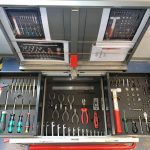
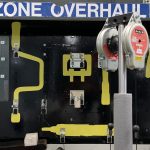
Thereare several solutions to limit the risks of FOD in workshops and hangars.
Among them, we can mention:
- The Anti-FOD foams for the storage of technical tools, whose black and yellow contrast attracts their attention before and after each intervention to avoid forgetting tools in the equipment or aircraft.
- The RFID chips set up in high-risk areas (airplane hangars, etc.) allow us to permanently locate the tools. In case of loss, the chip allows us to know directly where the object in question is and proceed to its recovery.
- Cabinet with marking or electronic cabinet. One allows to detect the absence of a tool by contrast and the other to control the entry and exit of each tool. The access to the cabinet is done by a badge control which allows to have a traceability of all the entries and exits. Thus allowing to trace each use.
Anti-FOD for runways

The new surveillance technologies based on artificial intelligence allow a permanent control 24h/24. They detect all types of debris (metal, plastic, birds, tools, cracks in the taxiway...) and this under all weather conditions. This greatly reduces human intervention. The traditional methods of verification by agents are therefore replaced by continuous surveillance systems. Their deployment in major high-traffic airports guarantees 100% permanent surveillance for all flights.
These technologies also make it possible to have a database of incidents that occur, thus making it possible to carry out in-depth studies of results with a view to continuous improvement, in order to adapt the airport's needs as and when necessary.
FOD Sweeper
The FOD sweeper allows a systematic sweeping of the FOD debris present on the tracks, due to its recovery technology.
Its cleaning efficiency results in a significant reduction of debris on the ground.
Already present at several airports, its effectiveness has been widely approved by its users.

Radar vehicle
These vehicles are equipped with radar to detect FOD on the runways thanks to a system that scans the taxiways.
This technology will allow the detection of debris invisible to the human eye.
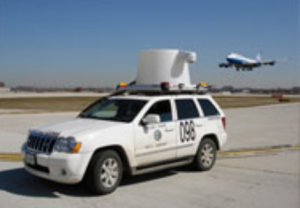
FOD Barrier
Other technologies such as the FOD-Barrier reduce debris on airport runways. FOD-Barriers are installed along the runway and prevent the penetration of objects and debris on the runway, partly due to wind and partly due to the thrust of the aircraft engines. The technology has already been deployed in several large airports and has reduced the number of FOD cases due to debris by more than 80%.
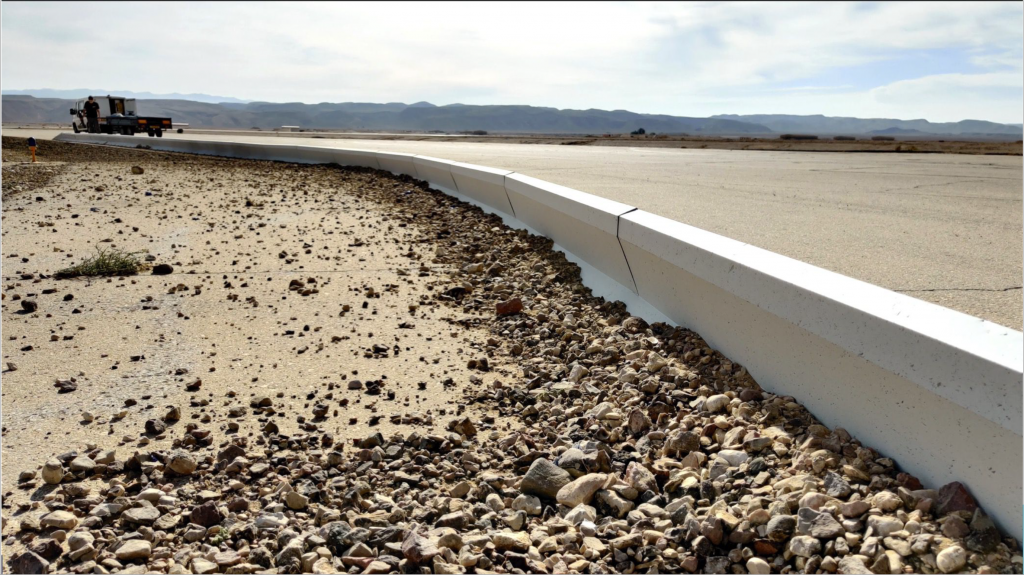

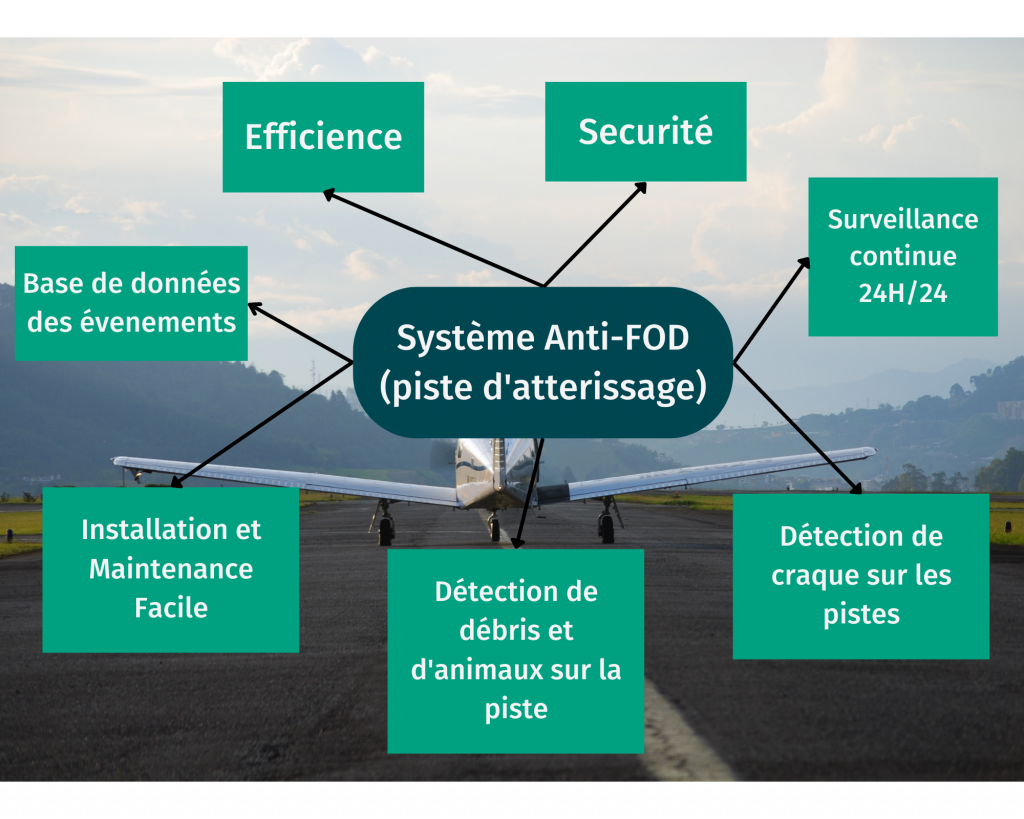
Assistance and traffic management
Fleet Management System

Navigation management software systems are used to manage the flow of aircraft in airports. The goal is to avoid intrusion on the runways, to facilitate traffic management on the ground and to reduce the risk of errors related to human factors that can lead to accidents.
Equipped with artificial intelligence, this software allows, from a management screen, with a large aerial view of the airport, to efficiently manage the risks related to airport traffic. The software is customizable according to the needs.


Electronic flight strips

The software Electronic Flight Strips allows to dematerialize and to make all the work of traceability of the flights in a digital way from a software. The only system designed to allow an easy management of the flights. This tool allows among other things:
- Effective control with real-time data updates.
- Sharing data with stakeholders for collaborative decision making and supervision.
- Improved traffic management in a multitude of changing situations such as traffic volume fluctuations and weather changes.
- Reduce human error and provide alerts on potential conflicts
New FOD detection and management support technologies are improving airport security. Each system plays a different role in performing a specific task. The combination of a set of solutions allows to act at several levels for a better security.
The combination of a set of solutions allows to act at several levels for a reinforced security. A association of various technologies would make it possible to improve the safety within the airports and thus to be part of the most secured airports in the world respecting the international standards.
Many of these technologies are used by major international organizations in both civil and military aviation. These products have proven themselves at these airports and continue to enhance the safety of aircraft, passengers and ground personnel.
Beyond those presented, other technologies are available. As a partner of these manufacturers, G-WayTech will work with you according to your needs, to offer you the solutions that best meet your expectations.
